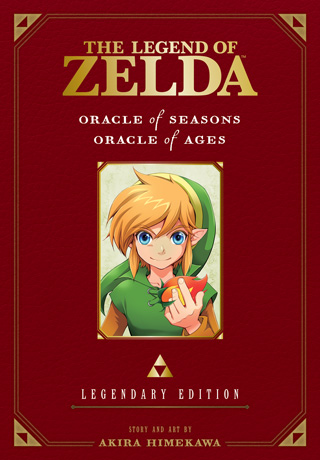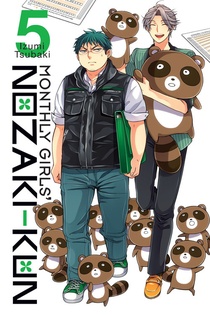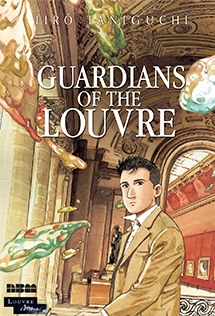My News and Reviews Last week at Experiments in Manga I posted an in-depth review of Ichi-F: A Worker’s Graphic Memoir of the Fukushima Nuclear Power Plant by Kazuto Tatsuta. It's an important and …
Continue Reading about My Week in Manga: March 13-March 19, 2017 →





